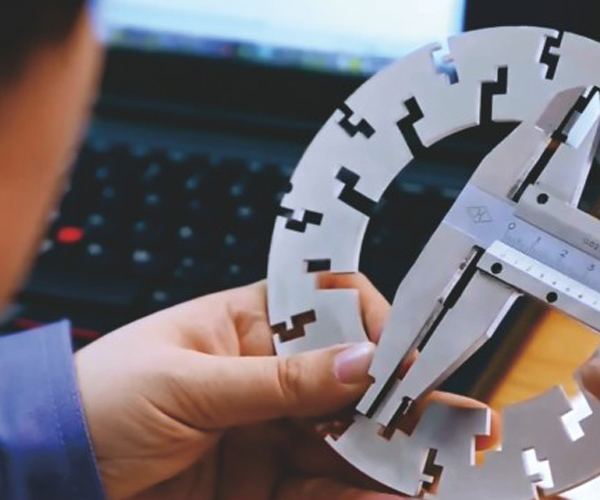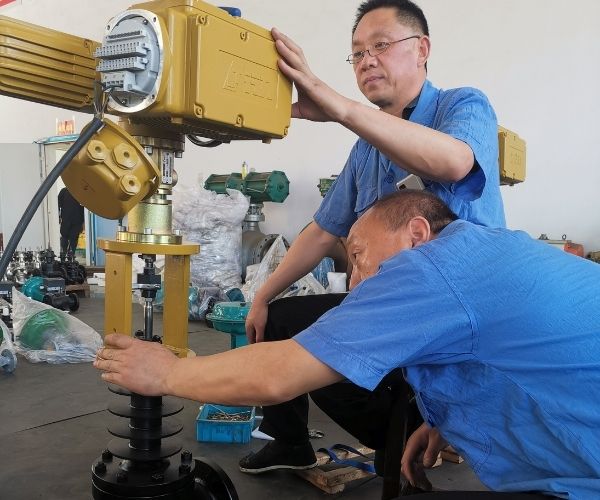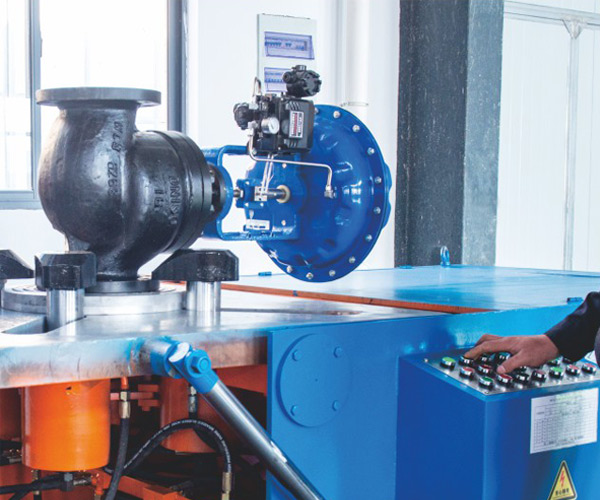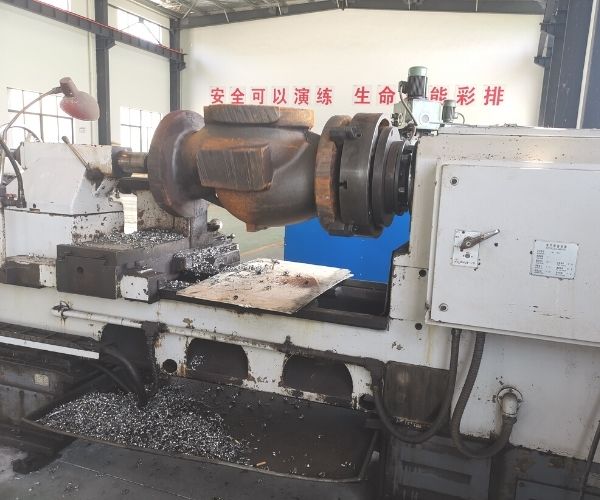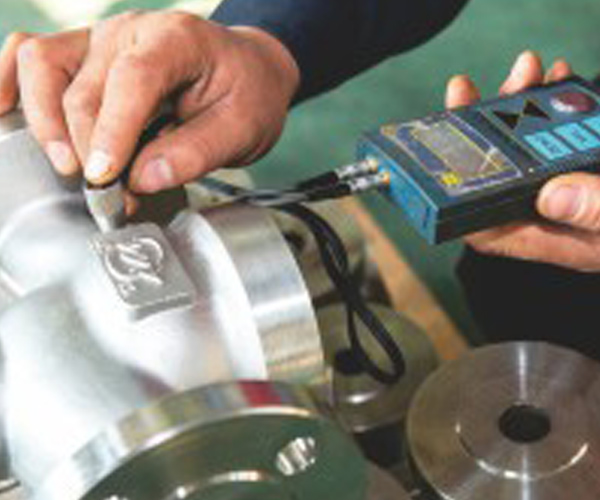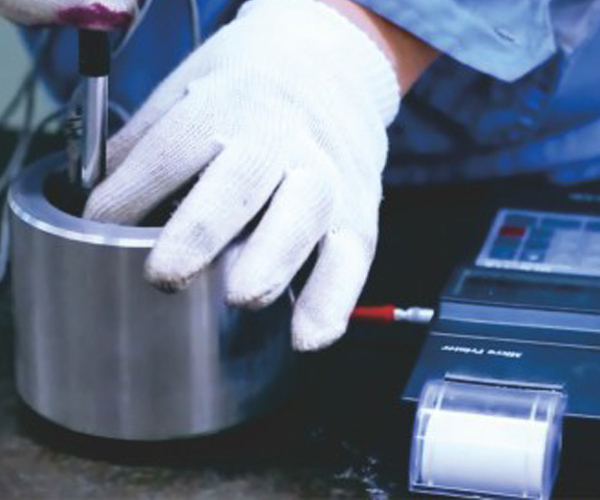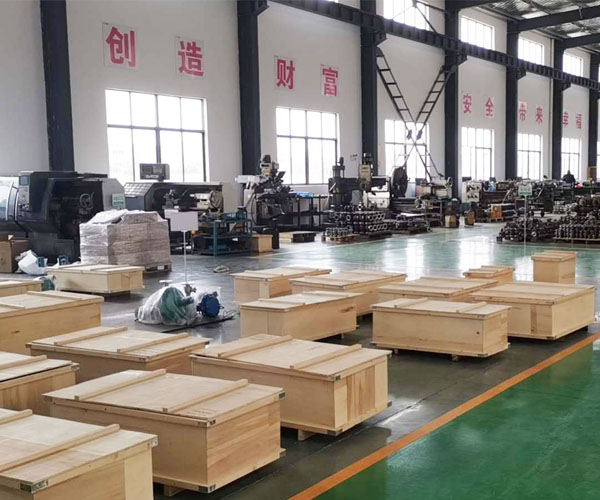Professional Steam Trap Manufacturer
- Compact, simple, and lightweight.
- Highly durable.
- Resistant to water hammer.
- Can deal with heavy and mild condensate load equally.
- Corrosion-resistant.
- Easy upkeep and repair.
- Energy-efficient.
Get in Touch with Us
BCST your Expert Steam Trap Supplier in China
BCST steam traps are computerized valves that filter condensate and non-condensable gases together with air without letting steam escape. Steam traps may be divided into 3 fundamental categories, mechanical, thermodynamic, and thermostatic. Each kind make use of an extraordinary working precept to do away with condensate and non-condensate gases and maintain steam with inside the system. The big majority of steam traps in present day operation are routinely operated.
BCST your One-Stop Steam Trap Solution in China
Based on condensate load, air venting, and pressure, steam traps are used for diverse end-person industries together with chemicals, energy, and power, meals and beverages, oil & gas, pharmaceuticals, etc.
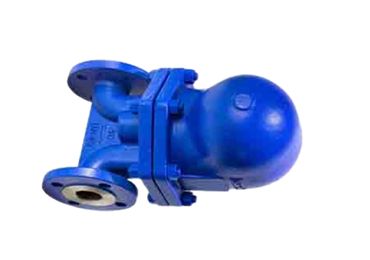
Ball Float Steam Trap
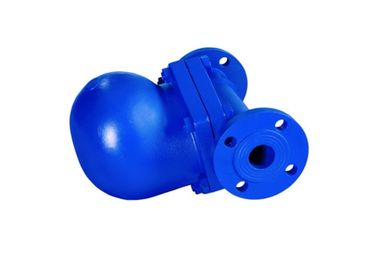
Flange End Ball Float Steam Trap
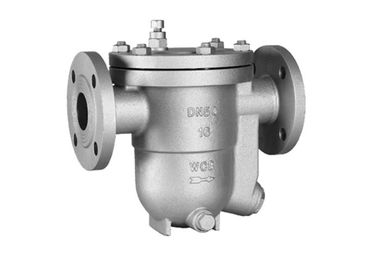
Free Float Steam Trap
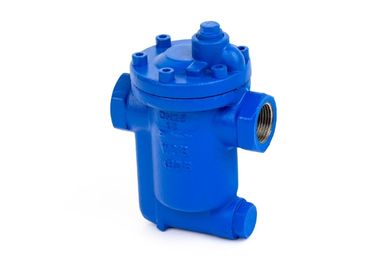
Inverted Bucket Steam Trap
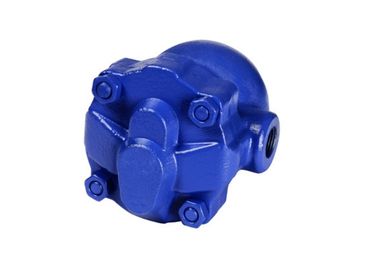
Screw End Ball Float Steam Trap
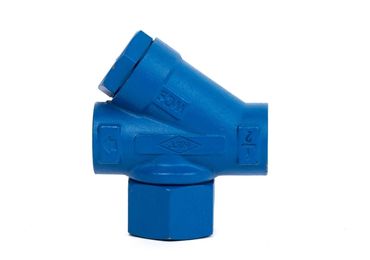
Thermodynamic Steam Trap
BCST your BEST Supplier for Steam Trap
BCST has a vast stock of steam trap, fast delivery within seven working days. We will do our best to meet your project schedule. BCST has strict quality control, ISO certified company making sure to provide an excellent product to you. 100% inspection before shipping to ensure the product meets your requirements.
As an expert steam trap manufacturer in China, BCST supplies a complete package solution to various applications. Whether you’re an end-user or an engineering company, BCST will provide you with technical support. BCST steam trap is widely employed within the process industry.
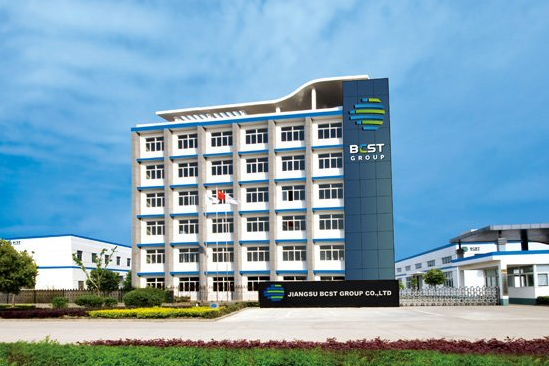
BCST Steam Trap Quality Control
- Technical software caculation
- Technical team meeting
- CAD drawing confirmation
Assembly
- Installation
- Calibration
- Chemical Analysis
- Mechanical Propery
- dimension Checks
- Visual Checks
- Non-destruction Examination
Hydrostatic Test
- Shell test
- Sealing test
- Leakage test
- Air test
- Function test
- CNC machining
- Visual checks
- Dimensional checks
- Liquid penetration test
Outlook Treatment
- Surface Polish
- Painting
- Visual inspection
- Thickness checks
- Visual checks
- Liquid penetration
- Test
- Hardness test
- Lapping
- Dimensional checks
Packing
- Marking
- Exported wooden box
Get the Latest Catalogue Now!
BCST One-Stop Steam Trap Solution from China
Steam Trap -FAQ
What Are Common Parameters To Choose A Steam Trap?
The selection of a steam trap depends on industrial requirements. Choosing a perfect steam trap helps perform the best job under all circumstances. However, follow the below-mentioned parameters to select the correct type of steam traps for diverse industrial applications:
- Maximum steam
- Condensate pressure
- Operating steam
- Operating temperature
- Flow rate
- Type of process
- Specific working environment
If you cannot choose the right type of steam trap, contact our experienced engineers and share your specifications. We can assist you in selecting the beat steam traps per your shared specifications.
What Are Two Common Designs Of A Steam Trap?
1# Float Type:
The condensate level in the trap directly affects the float’s position. In response to condensate flow, the opening and closing of the valve occur. Lever float and free float are two basic designs of a float-type steam trap.
2# Inverted Bucket Trap:
As the bucket attaches to the lever, it opens and closes the trap valve. When steam or air flows into the underside of a bucket, it condenses around it on the outside. It causes the bucket to be buoyant and rise. In this position, the bucket closes the trap valve. A small hole in the top of the bucket allows vapours to release. Once it is discharged, condensate fills the bucket, causing it to sink. Hence, the lever opens the trap valve and discharges condensate.
What Are The Applications Of A Steam Trap?
The three most common applications of a steam trap include:
1# Drip Application:
A steam trap for drip application locates on steam delivery lines. It is used in steam mains, vertical risers and loops, terminal ends, and pressure reducing valves for drip applications.
2# Process Application:
A steam trap for process applications is used in the process fluid, air, food industries, and many other industries. It is suitable for both process equipment and industrial equipment.
3# Tracing Application:
A steam trap is widely used for tracing applications that prevent liquid systems from freezing by regulating temperature differences. It is suitable for tracing lines and on jacket lines applications.
What Are The Causes Of Unreliability For A Steam Trap?
Three causes of the unreliability of working of a steam trap include:
1# Corrosion:
The nature of condensate produces corrosion. It reduces the ability of a steam trap to remove the condensate without escaping the steam. However, high-quality materials and excellent feedwater conditioning reduce this problem.
2# Waterhammer:
A lift after the steam trap leads to this problem. It reduces the reliability of the system. It also causes unnecessary damage to otherwise reliable steam traps.
3# Dirt:
Accumulation of dirt in the boiler or piping system reduces the reliability of a steam trap. The accumulated debris interferes with the operation of a steam trap. Regular maintenance reduces this problem!
What Are The Components Of A Steam Trap?
The components of a steam trap include:
1# Isolation Valve:
It stops the flow of flowing media to a specific location. It provides flow logically.
2# Strainer:
It offers purification, filtration, and separation of solid particles. It is available in multiple sizes and diameters.
3# Blowdown Valve:
It drains the dissolved solid from the boiler water to improve the system’s efficiency.
4# Steam Trap:
It filters out condensate and non-condensable particles without escaping the steam.
5# Test Valve:
It is installed in the piping system to check the system’s integrity.
6# Check Valve:
It is used to check the valve leakage. It is required in some applications.
How To Visually Inspect A Steam Trap?
You can use a block or test valve to inspect a steam trap visually. However, get guidance from an experienced person to determine visual inspection results. A significant drop in pressure between staring and endpoint is checked. With the help of this test, you can quickly test a severely leaked or completely failed steam trap. The backpressure in the condensate return line produces changes in the flow of steam. Once the fault is determined, you can fix it to maintain the efficient working of the system. Contact our professional engineers to get more information for a steam trap visual inspection.
How Temperature Measurement & Ultrasonic Detection Is Useful In A Steam Trap?
You can check the drainage efficiency of a steam trap by following these two simple methods:
1# Temperature Measurement:
Contact pyrometers and infrared detectors are suitable for sensing upstream and downstream temperatures. It helps to determine blockage and estimated operating pressure in a co-relation with steam pressure temperature.
2# Ultrasonic Detection:
Ultrasonic devices detect high-frequency sounds to check the accuracy of a steam trap. A high-frequency noise during operation determines the ability of a steam trap to drain condensate and non-condensing gases.
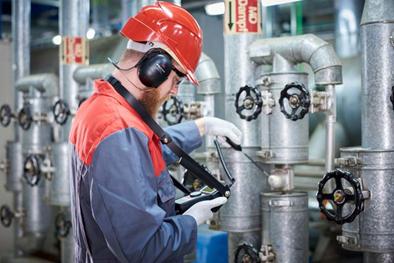
However, these tests require an expert to detect the problem accurately. Always seek help from an experienced individual to avoid faults.
How To Install A Steam Trap?
- First, consider “gravity” at the time of its installation because condensate flows in the direction of gravity. Clean the line with compressed air or steam to maintain a smooth flow rate. Always install it in an accessible location for repair and maintenance.
- Install a shut-off valve in the trap discharge line. You can also install check valves for this purpose.
- Install a union on the discharge side of the trap. Install it at a right angle to the line.
- Use a test valve in the discharge line to check trapped isolate while testing.
- Install strainers ahead of traps to capture dirt and debris.
- Use dirt pockets to avoid erosion and entry of sand.
- Install siphons inside or before the trap.
- Install a safety drain trap to handle a large amount of air and insufficient drainage.
Why Protection Against Freezing Is Necessary For A Steam Trap?
If a steam trap is installed accurately, it will not freeze as long as steam is coming to the trap. When the steam supply shuts off, it condenses steam and creates a vacuum in the heat exchanger or tracer line. Hence, it does not allow free condensate drainage from the system. Installation of a vacuum breaker between the equipment line and trap is necessary. Similarly, manual and automatic drainage of the system is suitable for non-gravity-based systems. You can also install multiple traps in a trap station to protect against freezing. However, always keep trap discharge lines very short.
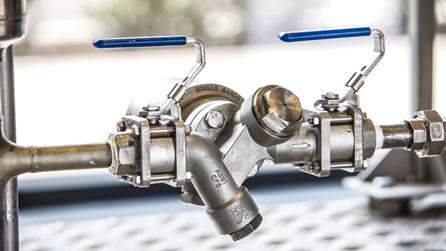
What Are the Pre-Requisites For Installation Of A Steam Trap?
You must consider the below-mentioned pre-requisites before installation of a steam trap:
- Determine steam leakage rate
- Check gravity to ensure the flow of condensate
- Use tube connectors or another tubing for installation of a steam trap with 1 inch or smaller connections
- Check material pressure ratings
- Never reduce the connection size of the steam trap
- Expand tubing diameter after discharge connection of the steam trap
- Use universal mounts for installation of steam traps with a diameter of 1.25 inches or 1.5 inches
- Use an external or integral strainer
- Install a steam trap at an accessible location
- Use check valves after steam traps for different applications
How To Maintain A Steam Trap?
The regular maintenance of a steam trap depends on the installation and industrial working conditions. A steam trap must undergo routine maintenance to reduce downtime and increase the efficiency to drain condensate. All internal valves, strainers, and pipes should be cleaned regularly to avoid the accumulation of dirt and debris. Renewal of internal parts is also an excellent approach to increase the reliability of the trap. Replace all the damaged seating to cope with the passage of condensate. All flanged connections must undergo cleaning and regular maintenance after every three months.
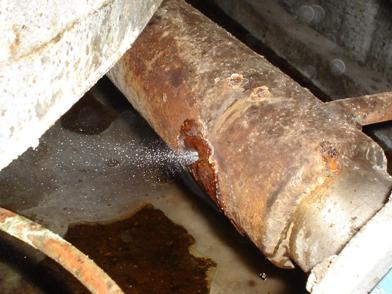
What Are The Causes Of Failure Of A Steam Trap?
- The accumulation of dirt and debris are leading causes of the failure of a steam trap. It results in leakage or plugs the trap.
- The sudden opening of valves, inappropriate piping, or misapplication of traps causes pressure surge in steam traps. It leads to water-hammer and serious damage to all components of a steam trap.
- Rapid cycling of a steam trap also increases downtime.
- Over-sizing a steam trap reduces the ability to drain condensate from the system.
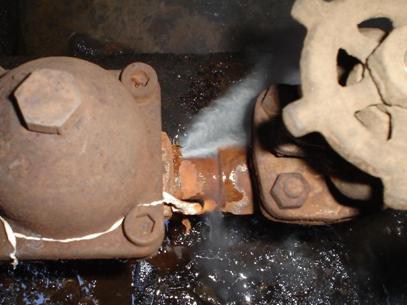
It is imperative to identify the causes of the failure of a steam trap. All the problems mentioned above increase the energy cost. Hire an experienced person to determine the cause of failure of a steam trap and get the most appropriate solution for it.
What Is The Average Lifetime Of A Steam Trap?
The average lifetime of a steam trap is approximately six months. Their lifespan depends on the industrial environment, manufacturing materials, working conditions, and timely cleaning. However, you can increase the lifespan by regular maintenance. Sometimes internal leakage or undetermined causes lead to the failure of steam traps. Hence, you must perform regular testing, including ultrasonic detection, temperature measurement, and visual inspection, to maintain the working capacity of steam traps. Regular repairing also improves their working. BSCT only deals with high-quality, durable steam traps, have a longer lifespan and are affordable. Visit our website today to buy premium-quality steam traps to meet your industrial requirements.
Why Do A Steam Trap Fail To Close?
- Water-hammer and pressure surges lead to this problem. The accumulation of condensate in a steam trap produces bi-phase flow in it. These sub-flows drag the condensate at a higher speed than the required speed.
- Water-logging in the process results in non-uniform heating of the product. It increases the time required to heat the product at the desired temperature.
- Damage to piping and process equipment causes a sudden pressure drop. The condensate flashes and expands its volume.
- Any failure in a steam trap compromises its safety to drain condensate and non-condensing gases from the system effectively.
Why Do A Steam Trap Fail To Open?
If a steam trap fails to open, there must be the following reasons:
1# Increased steam consumption badly affects the opening of steam traps. A steam trap simply acts as an open valve. A considerable amount of steam eliminates through it. It increases the overall steam consumption of the plant that reduces the efficiency of operation.
2# Any leakage in the draining pipes produces leakage in the entire steam and heat energy. Hence, it increases boiler load. It is necessary to repair or replace all leaked steam traps to maintain a smooth steam flow through the system.
What Is The Average Price Of A Steam Trap?
The average price of a steam trap is about $40. However, the prices of customized steam traps depend on shared specifications and requirements. These prices are very low compared to their benefits for draining condensate without escaping steam via various industrial instruments. You can quickly install, repair, and reinstall it in 15 minutes. If you want to get more pricing-related information, contact our experts today! You can get special discounts on placing bulk orders for the manufacturing of steam traps. Even you can ask us for a sample to check the working of steam traps.
How To Order Customized Steam Trap For Different Industrial Applications?
It is straightforward to order customized steam traps from BCST. We deal with all kinds of steam traps to meet your industrial requirements. However, sharing your specifications before ordering customized steam traps is necessary. These specifications include an isolation valve, strainer, test valve, check valve, steam trap, blowdown valve, manufacturing material, number of pieces, and working environment. Our engineers analyze your requirements to go beyond your expectations. As we have the latest machinery, we design high-quality products. The price of a customized steam trap is very affordable. If you want to know more about the customization of a steam trap, contact us immediately!
How To Detect A Failure In A Steam Trap?
- Check the opening and closing of the steam trap
- Notice silence if a steam trap is stuck in the closed position
- Check the turbulent flow when the steam trap is stuck in the open position
- Check mechanical clattering when there’s fluttering while the steam trap valve opens or closes
- Check the temperature of the system, density of the condensate, and velocity of the flow system
- Check all the contact sensors
The Bottom Line:
We hope you understand everything about a steam trap. It helps to drain condensate without releasing steam from the system. Now you can purchase the most appropriate steam trap to meet your industrial requirements. Stay in touch with us to find exciting deals and customization of a steam trap.

